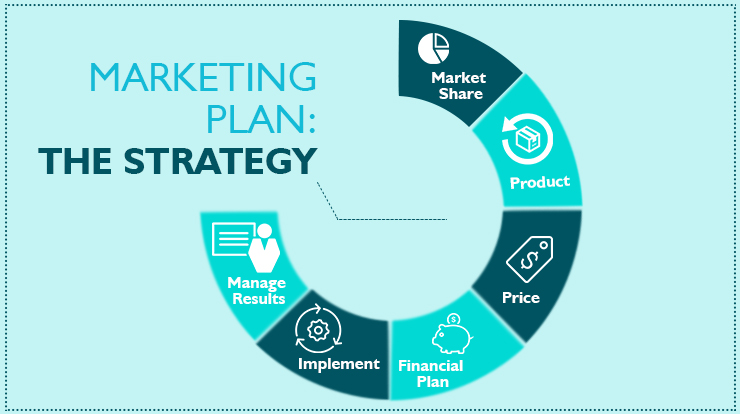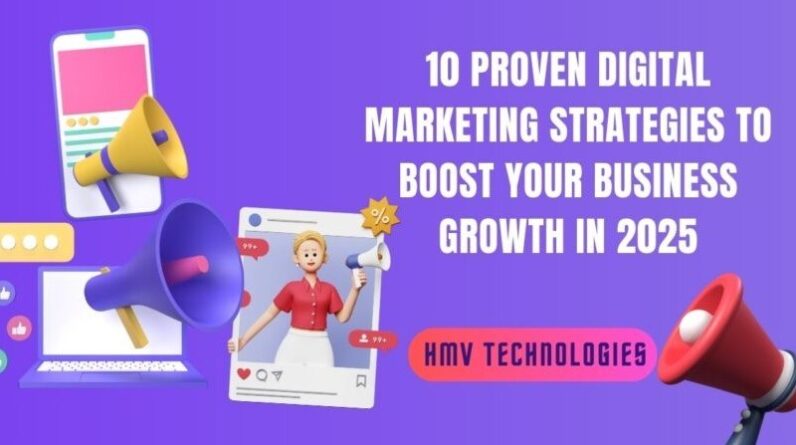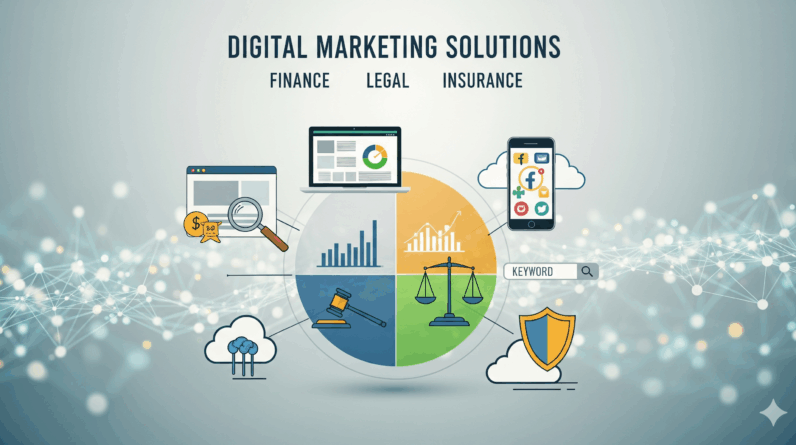
Image From : superheuristics.com
In today’s competitive landscape, a marketing plan is not just a suggestion—it’s a necessity. It acts as a roadmap, guiding your business toward its goals by clearly defining your target audience, messaging, and promotional strategies. While many businesses create a plan, a truly effective one is a living document that adapts to market changes and provides measurable results. This comprehensive guide will walk you through the essential steps to create a marketing plan that not only looks good on paper but actually drives growth.
1. Executive Summary: The High-Level Overview
Start your plan with a concise executive summary. This section should provide a brief but comprehensive overview of your entire marketing strategy. Think of it as the “elevator pitch” of your plan, designed to give stakeholders a quick understanding of your goals, strategies, and expected outcomes without having to read the entire document. It should highlight your key objectives, target market, and the main tactics you’ll use to achieve your goals.
2. Situation Analysis: Know Where You Stand
Before you can plan for the future, you must understand the present. The situation analysis is a deep dive into your current business environment. This step involves several key components:
- SWOT Analysis: A classic and powerful tool, a SWOT analysis examines your business’s Strengths, Weaknesses, Opportunities, and Threats.
- Strengths (Internal): What does your business do well? (e.g., strong brand reputation, unique product features).
- Weaknesses (Internal): Where can you improve? (e.g., limited budget, weak social media presence).
- Opportunities (External): What external factors can you leverage? (e.g., emerging market trends, new technologies).
- Threats (External): What external challenges might hinder your progress? (e.g., strong competitors, economic downturns).
- Market Analysis: Understand the market you’re operating in. This includes an overview of your industry, market size, and key trends. Identify and analyze your direct and indirect competitors. What are they doing well? Where are their weaknesses? How can you differentiate yourself?
3. Define Your Target Audience: Who Are You Talking To?
A marketing plan that tries to appeal to everyone appeals to no one. Your success hinges on a deep understanding of your ideal customer. Go beyond basic demographics (age, gender, location) and create detailed buyer personas.
- Demographics: Age, gender, income, education level, family status.
- Psychographics: Personality, values, attitudes, interests, and lifestyles.
- Behavioral Data: Purchase history, brand interactions, and online behavior.
- Pain Points: What problems or challenges do they face that your product or service can solve?
- Goals: What are they trying to achieve?
By creating these personas, you can tailor your messaging and channels to resonate with the specific needs and motivations of your audience.
4. Set Clear Objectives: The SMART Framework
Your marketing goals should be clear, measurable, and aligned with your business objectives. The SMART framework is an excellent tool for this:
- Specific: Your goal should be precise. Instead of “increase sales,” say “increase sales of Product X by 10%.”
- Measurable: You must be able to track your progress. Use metrics like website traffic, lead generation, or customer acquisition cost.
- Achievable: The goal should be realistic given your resources and market conditions.
- Relevant: The goal must align with your overall business strategy.
- Time-bound: Set a specific deadline. “Increase sales by 10% by the end of Q4.”
Examples of SMART marketing objectives include increasing website traffic, improving brand awareness, generating a specific number of qualified leads, or boosting customer engagement on social media.
5. Develop Your Marketing Strategy: The “How”
This is the core of your plan, where you detail the actions you will take to achieve your objectives. Your strategy should encompass the “7 Ps of Marketing”:
- Product: What are you offering and how does it meet customer needs?
- Price: How much will you charge and why? (e.g., competitive pricing, value-based pricing).
- Place: Where and how will customers purchase your product? (e.g., online store, physical retail, distribution partners).
- Promotion: How will you communicate your value? This is where you detail your tactical mix.
- Content Marketing: Blog posts, whitepapers, case studies, videos.
- Social Media Marketing: Platform strategy, content calendar, community management.
- Search Engine Optimization (SEO): Keyword strategy, on-page and off-page optimization.
- Paid Advertising: Google Ads, social media ads, display ads.
- Email Marketing: Nurture campaigns, newsletters, promotional emails.
- Public Relations (PR): Media outreach, press releases, thought leadership.
- People: Who is on your team and what are their roles? This includes internal staff and external partners.
- Process: How do you deliver your product or service and handle customer interactions?
- Physical Evidence: What tangible elements of your brand reinforce its value? (e.g., website design, packaging, physical store layout).
6. Define Your Marketing Budget and Resources
A great plan without a budget is just a wish list. Allocate resources to each of your chosen tactics. Be realistic about what you can afford and prioritize the channels that offer the highest potential return on investment (ROI). Track your spending meticulously to ensure you stay within your budget.
7. Create an Action Plan and Timeline
Break down your strategies into specific, actionable tasks. Assign responsibilities to team members and set clear deadlines. A Gantt chart or a simple project management tool can be invaluable for visualizing your timeline and ensuring accountability. This turns your high-level strategy into a series of manageable steps.
8. Measurement and Reporting: The Feedback Loop
A marketing plan is not a static document. It’s a continuous process of execution, measurement, and optimization. Establish key performance indicators (KPIs) for each of your objectives. These are the metrics you will track to measure success.
- Website Traffic: Unique visitors, bounce rate, time on page.
- Lead Generation: Number of new leads, cost per lead, lead-to-customer conversion rate.
- Social Media Engagement: Likes, shares, comments, follower growth.
- Sales Metrics: Sales revenue, customer lifetime value (CLV), customer acquisition cost (CAC).
Regularly review your data. If a particular campaign isn’t performing as expected, don’t be afraid to pivot. The data you collect is your most valuable asset for refining your approach and ensuring your plan remains effective.
Conclusion
Creating a marketing plan that actually works is a strategic exercise that requires careful thought, research, and a commitment to continuous improvement. By following these eight steps—from a thorough situation analysis to a robust measurement system—you will build a dynamic roadmap that not only guides your marketing efforts but also serves as a powerful engine for business growth. Remember, a great marketing plan isn’t about guesswork; it’s about making informed, data-driven decisions that propel your business forward.






